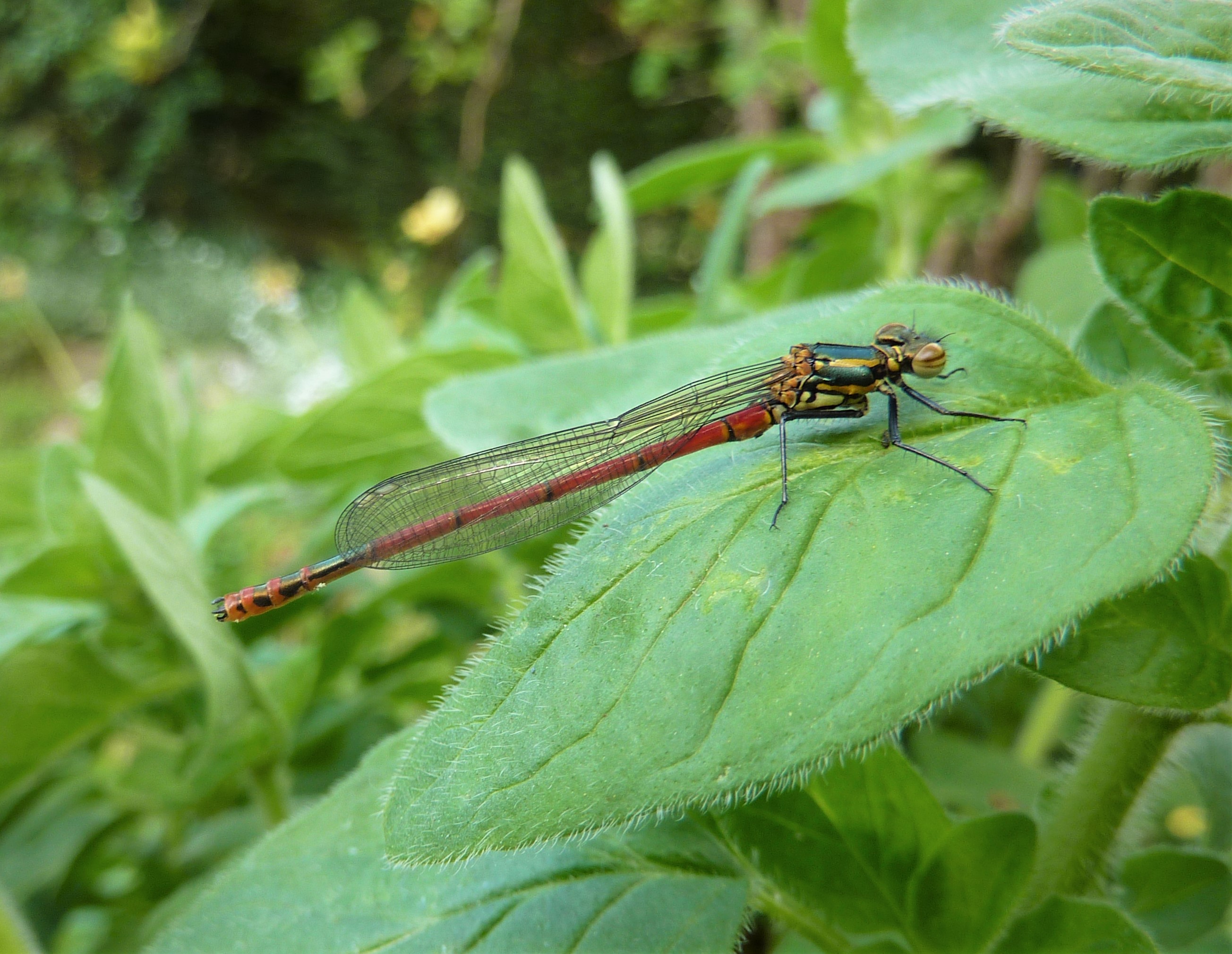Sickleholme Nature Notes
Firstly, a big thank you to Matt for allowing Kate and I to access parts of the course normally unbothered by golf balls. The “elephants’ graveyard” beyond the machinery sheds was a revelation and proves once again that habitat and lack of disturbance is of more value to wildlife than aesthetics. On exploring this mini wilderness, the first thing that we saw was a Weasel which scurried across like a giant millipede. Stoats are regularly seen on the course, but this is the first Weasel that I have heard about.
The unimproved nature of the ground surface in that area, as with the car park extension, also tends to favour plants that can survive in poor soil where others can’t. A mix of Kate’s superior botanical skills and exploring these spots which I hadn’t bothered with before, meant that in the short walk between the pond and the approach to the 5th tee we listed over 40 species of wildflower. Amongst those that I haven’t mentioned before in these articles were Mouse-ear, Mouse-ear Hawkweed, Red Valerian, Black Medic, Dog Violet, Crosswort, Field Forgetmenot, Herb Bennet, Garlic Mustard, Honeysuckle and Lilac. The perfume from the latter two was an added bonus.
The pond vegetation is coming along nicely with Marsh Marigold very showy and the Reed Mace developing. There is now a thriving colony of Large Red Damselflies and several were observed mating or laying eggs, so continuity looks ensured. My photograph this month (see image) is of one that I found drying off during May and thus static enough to allow close views and an easy shot. Two members mentioned seeing the brightly coloured Cinnabar moths during the month and quite a few Green-veined White butterflies. Early on, the Brown Hares continued to show well whilst the course was quiet.
Despite my pessimism of last month, Alan Kydd was able to check the bird boxes. Patrick has already circulated an email summary of his counts, which included the news that 90% of the boxes had been used; a quite remarkable level of occupancy. Alan also reported a singing Lesser Whitethroat, a rare species in the Hope Valley, and other warblers in song were Blackcap (at least ten), Chiffchaff, Common Whitethroat and Willow Warbler. And at last, we can get out again and enjoy all of this, whilst also playing our golf.
Bryan Barnacle


